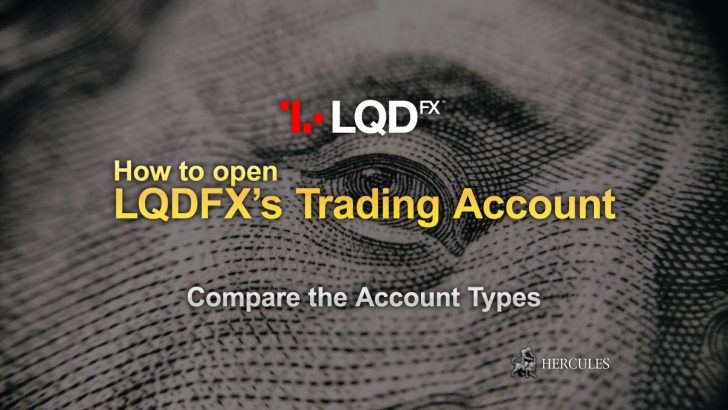How to earn a stable income through dividend of stocks?
What is dividend?
By owning shares of a public company, you become one of its shareholders. As such, you are entitled to receive a share of the company’s profits in proportion to your ownership, as is the case in other cases where you own a share of a business. That’s what makes stocks more attractive than other types of assets: you can earn additional income from dividends in addition to value gains and profitable order closings.
Open Tickmill’s Stock Trading Account
How does it work – Value acquisition
When trading any asset, you buy at the initial price and sell at the higher price. The difference is your profit. This is exactly the same as trading stocks, and your profit, in this case, is called value gain – because you managed to make a profit by selling at a higher price. That’s what makes stock trading similar to other assets.
How to earn dividend income?
Meanwhile, when you hold shares, you are entitled to the profits that the company earned during the last quarter. You will get dividends if you hold shares on the day the dividend is paid. So, this is an additional income in addition to the gain of value/trading profit. That’s the advantage of trading stocks over, say, currencies.
Not all stocks pay dividends. You should know which ones pay dividends, by looking at the Dividend Calendar.
Typically, dividends are quarterly payments. That means you receive a share of the company’s profits every three months.
How do find out on what day dividends are paid? Again, the Economic Calendar – Dividends section will help you.
Each company has its own dividend payout policy. Generally, if a company distributes 30-40% of its net income to its shareholders, it is considered a standard payout ratio (the percentage by which the total dividends for the distribution take up the company’s total net income).
There is a time lag between the announcement date and the dividend payment date. After the dividend amount is declared, the market will react in the same way: if the actual figure is higher than forecast, the value of the stock will rise; if it does not meet the forecast, the value of the stock will fall. This relationship allows certain stock trading strategies to be used.
Open Tickmill’s Stock Trading Account
The general strategy for trading dividend stocks: buy and hold
A simple approach to position trading. Buy stocks with healthy growth prospects and hold them for months or years. In the end, you could potentially see its value go up and receive dividends every three months for as long as you hold it. We recommend that you buy when the price drops to get maximum value gain when you sell the stock.
Buy-the-gap trading strategy for dividend stocks
This strategy deals with opening a position on a specific date, here are some terms for you.
1. Dividend announcement date
This is when the company announces the amount of dividends to be distributed – once this information is announced, the value of the shares may go up or down depending on how satisfied the market is with the dividends declared. Usually, at the time of the announcement, the recording date will be displayed.
2. Record date
Basically, it’s a “cut-off” or termination day: if you hold stock on this day, then you are entitled to receive dividends that will be paid later. If you buy shares after the listing date, you are not entitled to receive dividend payments for that period. Instead, you log in at a later time. Now, in order for the last owner of the stock to receive the dividend due on the listing date, the dividend amount is deducted from the share value one business day before the listing day – i.e. the ex-dividend date.
3. Ex-dividend date
Therefore, one business day before the listing date, the value of the stock will be deducted by the dividend amount – that is a dividend gap, and that is when you can consider buying shares with a lower value.
Open Tickmill’s Stock Trading Account
Example of dividend earnings
On May 6, Pfizer shares opened with a decline to the support at $38.40 which sent the price upwards in late April. As the dividend cut the stock’s value on May 6, the stock dropped from a high of $41 to support at $38.40 – that’s a dividend gap. Careful traders were ready to buy it and finally the price went back up to $40.40. That’s how you trade dividend gaps.
From the S&P 500 list, there are several companies that consistently pay and increase dividends every year. That is, over the years, its shareholders have enjoyed higher dividend income in addition to increased share value. Here are some of the dividend stocks that can be traded on Tickmill: Coca-Cola, 3M, Johnson & Johnson, Procter & Gamble, PepsiCo, McDonald’s, Walmart, AT&T.











